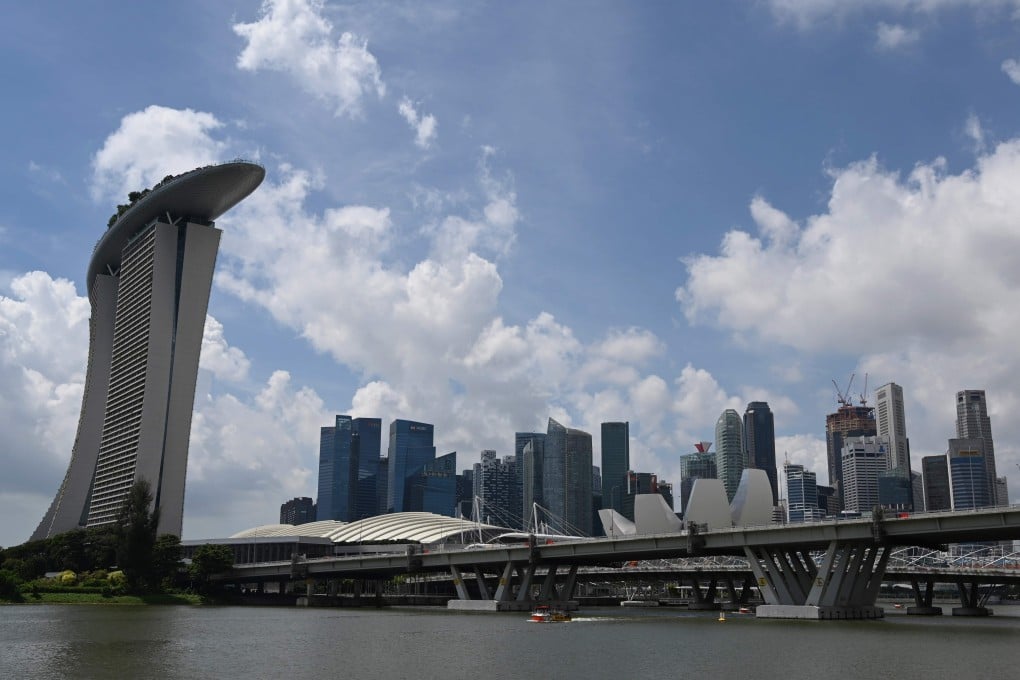Singapore posts worst recession ever for 2020 but a rebound is in sight
- Annual GDP contracted by 5.8 per cent, according to advance estimates
- Economists say the trade-reliant city state is poised for economic recovery but warn it will be uneven and dependent on the global vaccination drive

Overall, the economy, seen as a bellwether for global trade, declined by 5.8 per cent in 2020, performing slightly better than the MTI’s prediction of a -6.0 to -6.5 per cent slump.
Lee Ju Ye, an economist from Maybank Kim Eng, said economic activity in the fourth quarter was largely driven by the manufacturing sector, due to the surge in demand for semiconductors and pharmaceuticals. The construction sector was recovering she said, but she warned it would likely remain below pre-pandemic levels this year while the services sector faced a “slow and uneven” recovery.

02:03
Singapore begins national Covid-19 vaccination programme
While she projected 4 to 6 per cent growth in 2021, she said some small businesses in the island nation would struggle to survive despite the government spending 20 per cent of GDP or a S$100 billion (US$75.6 billion) stimulus package to help businesses and citizens through the pandemic. “Business and consumer confidence remain lower than pre-coronavirus levels, partly due to the softening labour market,” Ling added.